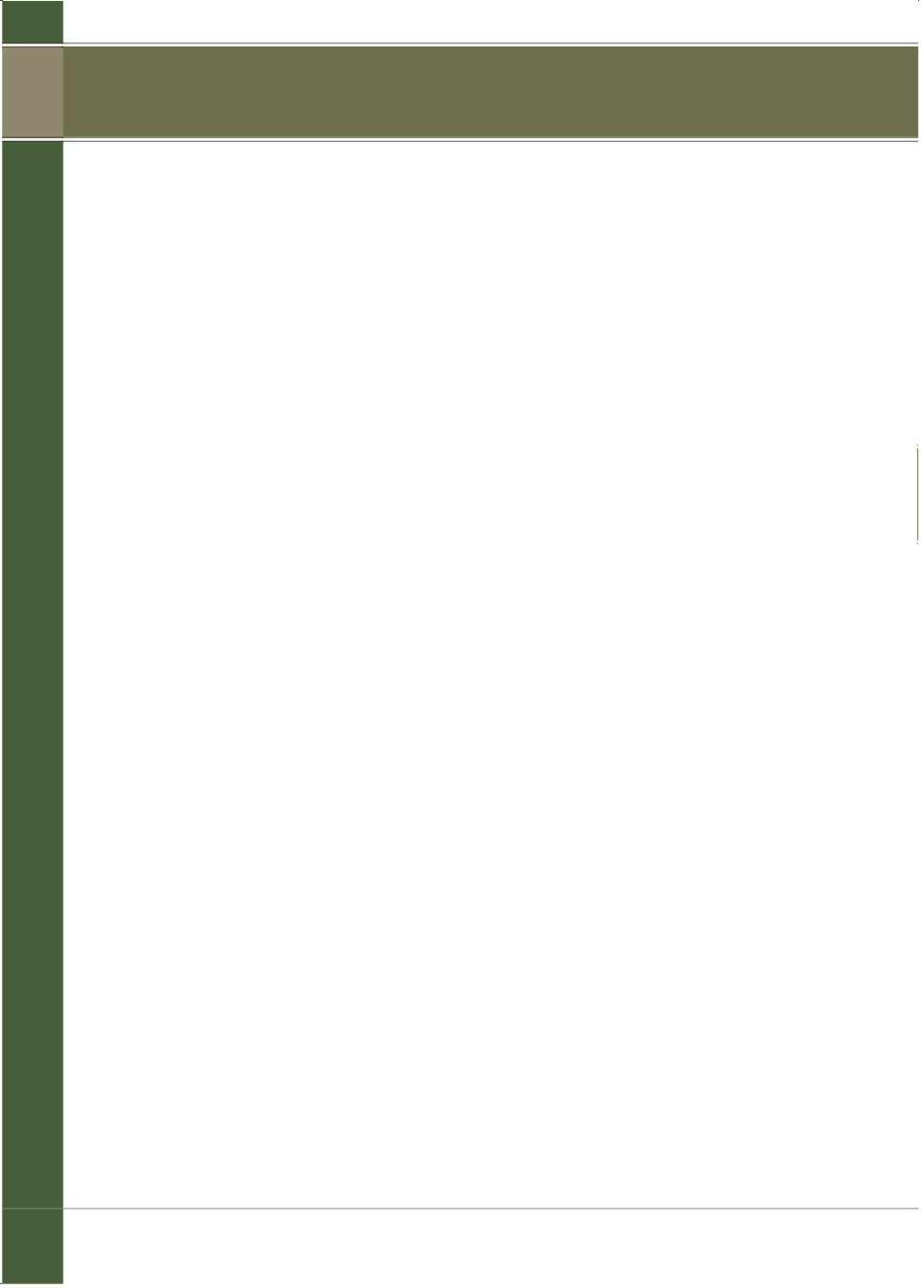

160
• on such aircraft typeswhichmay be specified byCASA, extend the
foregoing inspection to fuel systemfilters and collector boxes. It is
recommended that all aircraft fuel systemfilters and collector boxes be
checked forwater contamination at frequent intervals.
Note: It is important that checks forwater contamination of fuel drainage
samples bepositive in nature and donot rely solely on sensory
perceptions of colour and smell, bothofwhich canbehighly deceptive.
The followingmethods are acceptable:
• Place a small quantity of fuel into the container before taking samples
from tank or filter drain points. The presenceofwaterwill thenbe
revealed by a visible surface of demarcation between the twofluids in the
container.
• Check the drainage samples by chemical means such aswater detecting
paper or paste, where a change in colour of thedetectingmediumwill
give clear indication of the presence ofwater.
• In the case of turbine fuel samples, tests should also include inspection
for persistent cloudiness or other evidence of thepresenceof suspended
water droplets, whichwill not necessarily be detected bymethods
mentioned innotes 1 and 2. Should any doubt exist of the suitability of the
fuel, the checks specified in the aircraft operator’sMaintenanceManual
should be followed. It is advisable to allow turbine fuel a reasonable period
of stagnation before drawing test samples from fuel drainpoints; this
allows settling of suspendedwaterwhich is a slower process in turbine
fuel than in aviation gasoline.
Theparagraph abovedoes not apply tohelicopters that arebeinghot refuelled
in accordancewith section 20.10.
If, at any time, a significant quantity ofwater is found tobe present in an
aircraft fuel system, the operator and pilot in command shall ensure that all
traces of it are removed from the fuel system, including the fuel filters, before
further flight.
2 – saf e t y precaut i ons
pre-flight

















